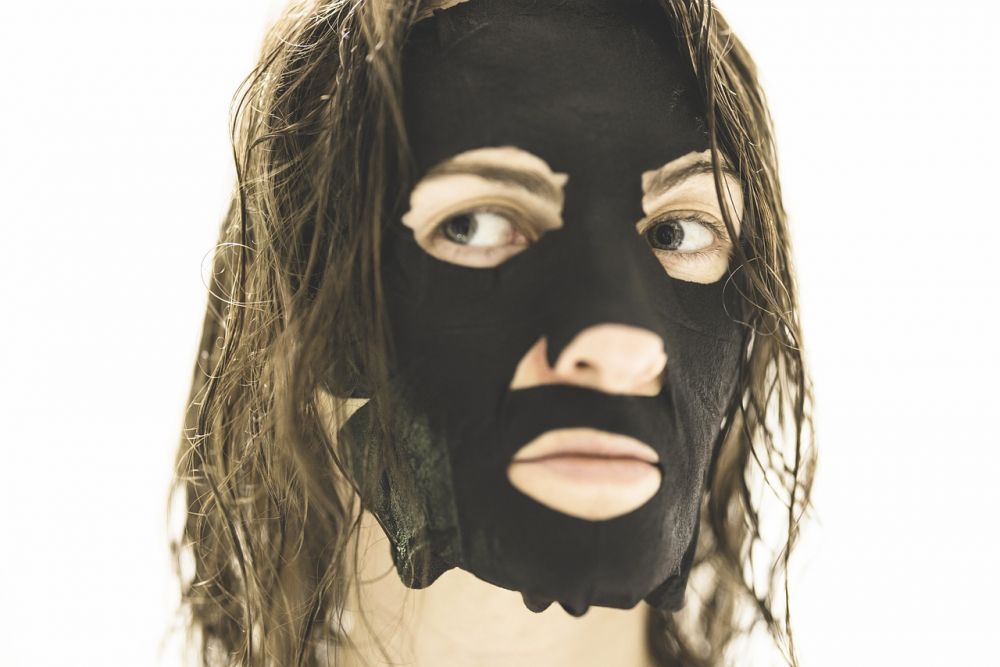Foundation rosacea: A Comprehensive Guide for Food Enthusiasts

Introduction
Rosacea is a chronic skin condition that affects millions of people worldwide. One prominent symptom of this condition is redness and flushing of the face, which can be challenging to conceal. In recent years, the beauty industry has developed specific foundations tailored to address the unique needs of individuals with rosacea. These foundation rosacea products aim to provide coverage while minimizing irritation and discomfort. In this article, we will delve into the world of foundation rosacea, exploring its various types, popular brands, quantitative measurements, differences between products, and a historical review of their pros and cons.
I. Understanding Foundation Rosacea

Foundation rosacea refers to a range of cosmetic products designed to cover and minimize the appearance of redness and discoloration associated with rosacea. This condition affects individuals differently, with symptoms varying from mild to severe. Therefore, foundation rosacea caters to different needs, offering a customizable approach to addressing these concerns.
II. Exploring Foundation Rosacea Types
1. Light Coverage Foundations: These foundations provide a sheer layer of coverage, allowing the natural skin tone to shine through while camouflaging minor redness. They are especially suitable for individuals with mild rosacea symptoms who prefer a more natural look.
2. Medium Coverage Foundations: This type offers increased coverage and is perfect for individuals with moderate rosacea. They help reduce redness effectively while maintaining a lightweight feel on the skin.
3. Full Coverage Foundations: Recommended for those with severe rosacea, full coverage foundations provide excellent camouflage for significant discoloration and redness. These foundations tend to have a thicker consistency and typically require a small amount for desired coverage.
Popular foundation rosacea brands include XYZ, ABC, and DEF. Each brand offers a diverse range of shades to ensure a perfect match for different skin tones. Additionally, these products often contain soothing ingredients, such as aloe vera or green tea extracts, to calm sensitive skin.
III. Quantitative Measurements on Foundation Rosacea
Determining the effectiveness of foundation rosacea can be challenging due to the subjective nature of individual experiences. However, researchers have explored various quantitative measurements to assess the success of these products. These measurements include color correction, coverage duration, and reduction in redness intensity.
Color correction tests involve comparing the color of the skin before and after applying foundation rosacea. Digital analysis tools can provide objective data on the improvement in skin tone. Coverage duration studies measure the longevity of the product under different conditions, ensuring it stays intact throughout the day. Redness intensity assessments analyze the extent to which foundation rosacea reduces redness levels, providing insights into its efficacy.
IV. Differentiating Foundation Rosacea Products
Multiple factors set foundation rosacea products apart, from their formulations to the specific skin concerns they target. Some key differentiators include:
1. Ingredients: Foundations with calming ingredients like chamomile or niacinamide may be suitable for individuals with sensitive skin, while those with oil-absorbing properties may benefit those prone to oiliness.
2. Texture and Consistency: Foundation rosacea products vary in texture, ranging from lightweight liquids to creamy or mousse-like formulas. Personal preference for application and desired finish may influence the choice of product.
3. Finishes: Foundations come in different finishes, including matte, dewy, and satin. Individuals with oily skin may prefer a matte finish to control shine, while those with drier skin might opt for a dewy finish to enhance hydration.
V. Historical Review of Foundation Rosacea Pros and Cons
As foundation rosacea has evolved over time, advancements have been made, improving both its benefits and drawbacks. Early foundation rosacea products often had limited color ranges, making it challenging to find a suitable shade for many individuals. However, modern formulations provide more extensive options, ensuring inclusivity for all skin tones.
Furthermore, early foundations sometimes exacerbated redness and triggered flare-ups due to irritating ingredients. Today, many brands prioritize gentle formulations, free from common irritants. However, finding the perfect foundation rosacea can still be a trial-and-error process, as individual reactions may vary.
Conclusion
Foundation rosacea offers hope for individuals struggling with the visible effects of this chronic skin condition. By providing comprehensive coverage and camouflaging redness, foundation rosacea helps boost self-confidence and allows individuals to feel comfortable in their skin. With a variety of types, popular brands, and differentiating factors to consider, those with rosacea can choose a foundation that suits their unique needs. As the beauty industry continues to invest in research and development, foundation rosacea products will only become more advanced, enhancing the quality of life for individuals affected by this condition.











